Rubber flooring offers excellent durability, safety, and environmental benefits that outperform many alternative flooring materials. With superior slip resistance, shock absorption, and minimal maintenance requirements, it provides an ideal solution for various facilities seeking proven value and reliable performance over its 8-13 year lifespan.
Having spent over 15 years managing rubber flooring production, I’ve witnessed firsthand how this versatile material transforms spaces across industries. Rubber flooring isn’t just another option—it’s often the optimal choice for environments where safety, durability, and environmental consciousness matter. With a realistic lifespan of 8-13 years in high-traffic areas, it delivers measurable value throughout its service life. Let me explain why our customers consistently choose rubber over alternatives.
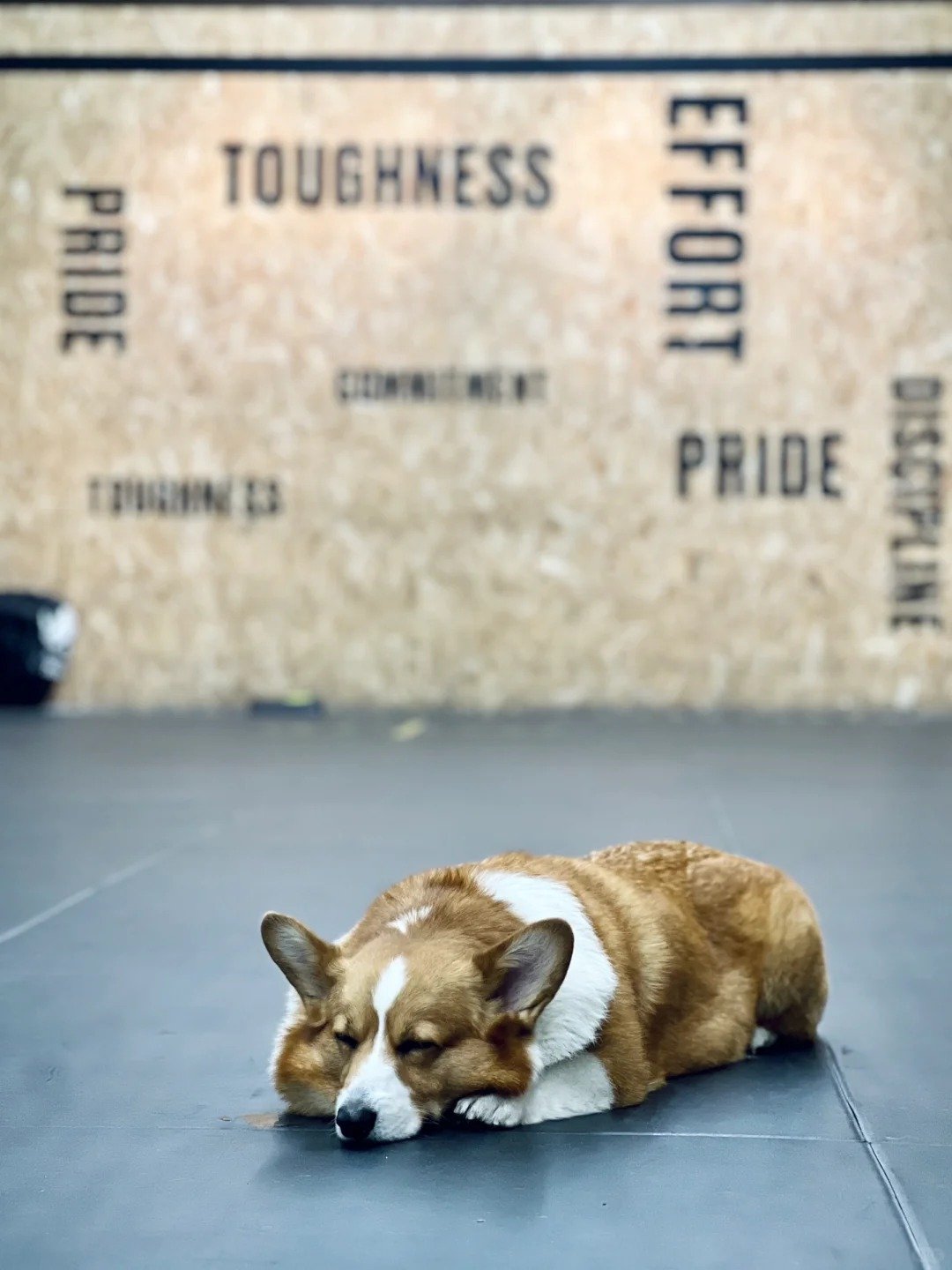
What makes rubber flooring stand out is its remarkable combination of practical benefits and sustainable attributes. While initial costs may exceed some alternatives, the long-term value becomes evident through extended lifespan and reduced maintenance expenses—a fact I emphasize when consulting with facility managers seeking flooring solutions.
What Advantages Does Rubber Flooring Offer?
Rubber flooring delivers excellent resilience and durability, withstanding heavy traffic for 8-13 years with minimal degradation. Its superior shock absorption reduces joint strain by up to 18%, while natural slip resistance increases with moisture exposure, making it ideal for high-traffic and safety-critical environments.
As a production manager who oversees quality testing daily, I can confidently state that rubber flooring’s advantages stem from its unique molecular structure. The elastomeric properties created during vulcanization give rubber flooring characteristics no other material can match:
Superior Durability and Longevity
Rubber flooring consistently outlasts vinyl, carpet, and laminate alternatives. Our commercial-grade products withstand constant foot traffic, heavy equipment, and impact forces that would damage traditional flooring. I’ve seen our rubber installations in bus terminals and airports maintain their appearance and functionality after 8-10 years of continuous use—a performance level that’s difficult to achieve with standard alternatives!
Exceptional Safety Features
Safety statistics clearly demonstrate rubber’s advantages:
| خاصية الأمان | Rubber Flooring Performance | Comparison to Alternatives |
|---|---|---|
| مقاومة الانزلاق | Coefficient of friction increases when wet | Most materials become more slippery when wet |
| امتصاص الصدمات | Reduces fall impact by 15-27% | Concrete and tile offer minimal impact protection |
| Ergonomic Support | Reduces standing fatigue by up to 24% | Hard surfaces increase joint strain |
| Fire Resistance | Self-extinguishing properties | Many alternatives contribute to flame spread |
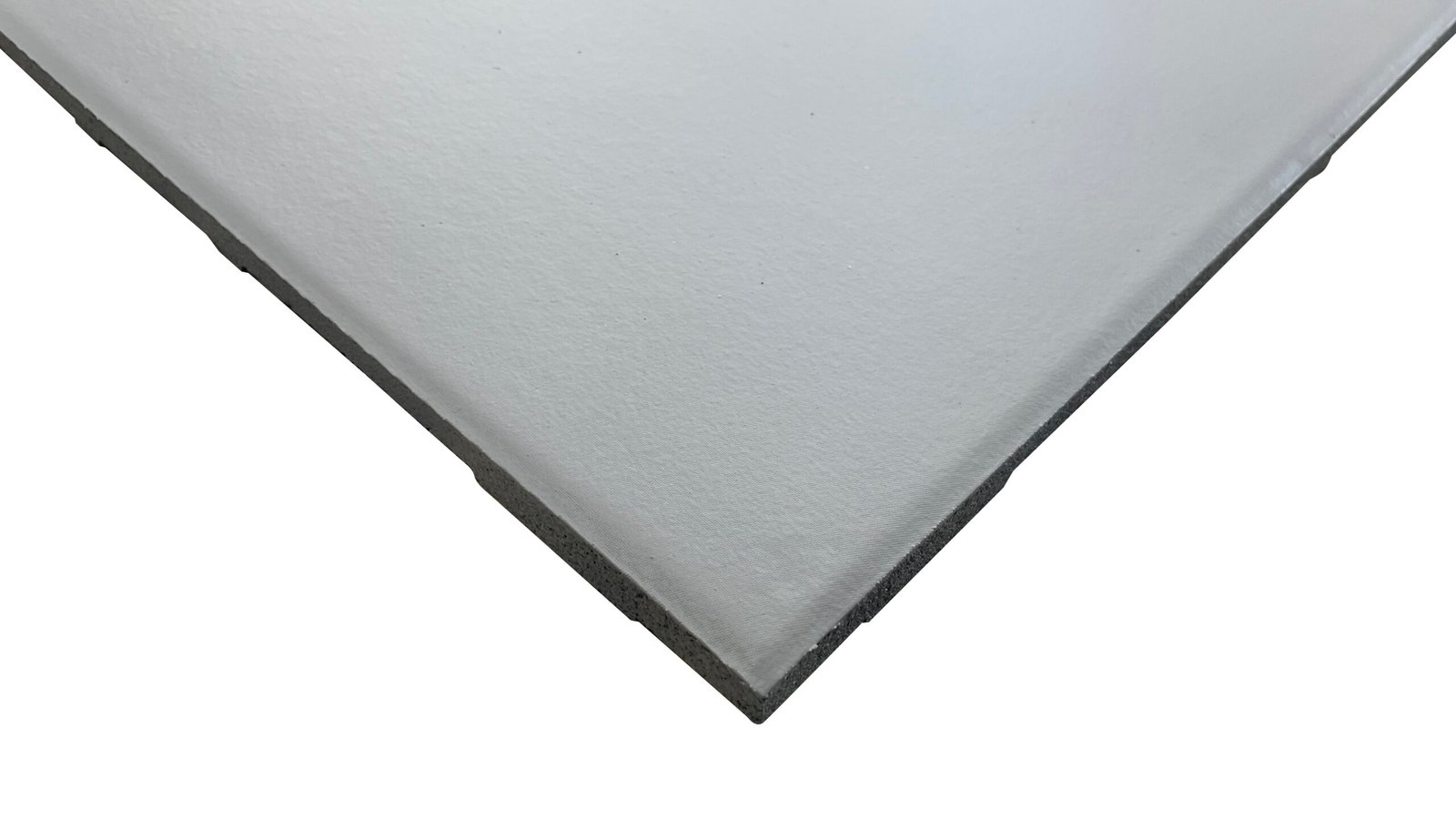
These remarkable characteristics aren’t just marketing claims—they’re measurable properties that make rubber flooring indispensable in environments where safety cannot be compromised. Let’s explore another crucial aspect that drives institutional buyers toward rubber solutions.
How Environmentally Friendly Is Rubber Flooring?
Rubber flooring excels environmentally with zero VOC emissions, recyclable composition, and extended lifespan reducing replacement waste. Natural rubber options utilize renewable resources, while modern manufacturing processes minimize carbon footprint by 35% compared to traditional methods, creating truly sustainable flooring solutions.
Environmental responsibility drives our manufacturing philosophy. When I first entered this industry, sustainability was considered optional—today, it’s central to our production strategy. Our rubber flooring achieves environmental excellence through multiple channels:
Sustainable Composition
Our premium natural rubber flooring incorporates renewable resources harvested from rubber trees, which can produce latex for 30+ years while capturing carbon dioxide. Even our synthetic rubber options contain up to 30% recycled materials and are 100% recyclable at end-of-life—a remarkable achievement compared to many flooring alternatives.
Indoor Air Quality Benefits
Unlike many synthetic options, quality rubber flooring contains:
- No PVC or vinyl chloride
- No phthalates or plasticizers
- No persistent bioaccumulative toxins
- Zero volatile organic compounds (VOCs)
This composition ensures indoor air remains clean throughout the product’s lifetime, protecting occupant health without sacrificing performance—a critical consideration for schools, healthcare facilities, and other sensitive environments.
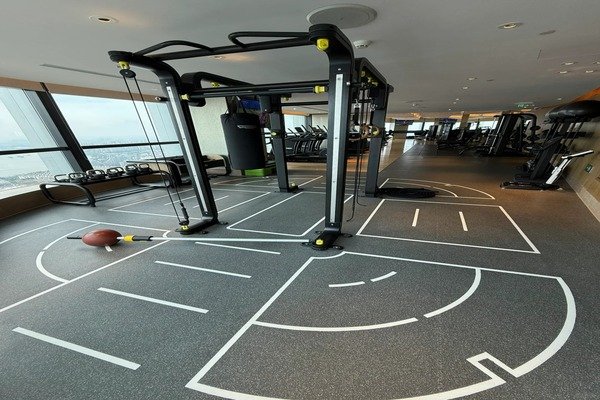
The sustainability advantages extend beyond the product itself to impact your facility’s overall environmental footprint. This holistic approach to flooring selection represents the future of responsible building management.
What Is The Lifespan And Maintenance Cost Of Rubber Flooring?
Quality rubber flooring typically lasts 8-13 years compared to 5-7 years for alternatives, requiring only routine cleaning with neutral pH solutions rather than harsh chemicals or waxing. The total lifecycle cost averages 25-30% lower than vinyl and 40-45% lower than carpet when accounting for reduced replacement frequency and simplified maintenance procedures.
As someone overseeing both production and customer feedback, lifecycle economics fascinates me. Rubber flooring demonstrates compelling long-term value when analyzed comprehensively:
Extended Service Life
The initial investment in rubber flooring pays dividends through solid longevity. Our high-traffic commercial installations typically provide 8-13 years of reliable service—approximately 30-50% longer than alternatives. This extended performance window measurably reduces the environmental and financial impacts of replacement cycles.
الحد الأدنى من متطلبات الصيانة
The maintenance simplicity of rubber flooring creates substantial operational savings:
| Maintenance Aspect | أرضيات مطاطية | Vinyl/VCT | السجاد |
|---|---|---|---|
| التنظيف اليومي | Simple damp mopping | Regular sweeping/mopping | Frequent vacuuming |
| التنظيف العميق | Occasional scrubbing (quarterly) | Stripping/waxing (quarterly) | Extraction cleaning (quarterly) |
| Special Treatments | لا شيء مطلوب | Waxing/buffing | Spot treatment for stains |
| Annual Labor Hours | ~52 hours/1000 sq ft | ~95 hours/1000 sq ft | ~140 hours/1000 sq ft |
| Chemical Requirements | Minimal (neutral cleaner only) | Moderate (cleaners, strippers, waxes) | High (various cleaners and treatments) |
| العمر المتوقع | 8-13 years | 5-7 سنوات | 3-5 سنوات |
These maintenance efficiencies translate directly to operational savings and reduced environmental impact from cleaning chemicals. For facility managers balancing tight budgets, the staffing implications alone can justify the investment.
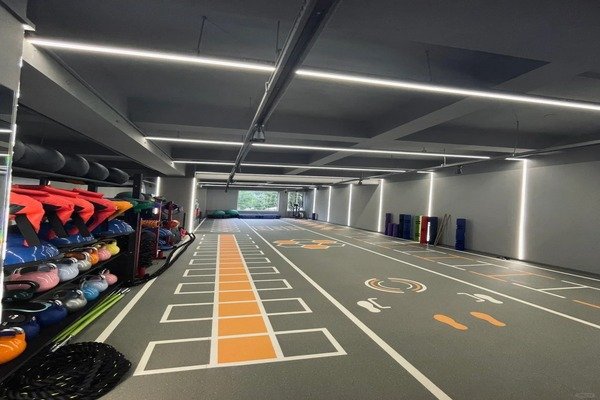
The combination of durability and low maintenance creates an undeniable value proposition that experienced facility managers immediately recognize. This economic reality explains why rubber flooring continues gaining market share in institutional and commercial applications.
Where Is Rubber Flooring Most Suitable?
Rubber flooring excels in commercial environments requiring durability and safety, such as healthcare facilities, educational institutions, and retail spaces. Its slip resistance, noise reduction, and ergonomic support create optimal conditions for spaces with high foot traffic and specific safety requirements.
Through years of consulting with architects and facility managers, I’ve identified clear patterns regarding ideal applications for rubber flooring. Understanding these contexts helps ensure optimal material selection.
Commercial Settings
Rubber flooring proves exceptional in commercial environments requiring durability and low maintenance. Its slip resistance, sound absorption (reducing noise by up to 18dB), and design versatility make it ideal for healthcare facilities, educational institutions, and retail spaces experiencing constant foot traffic.
Commercial applications represent the largest segment for premium rubber flooring, where performance requirements justify investment. Key commercial settings include:
Healthcare Environments
Medical facilities demand flooring that supports infection control, safety, and comfort. Rubber’s seamless installation options and resistance to harsh disinfectants make it ideal for:
- Hospital corridors and patient rooms
- Surgical centers and laboratories
- Rehabilitation facilities
- Medical offices and clinics
The antimicrobial properties available in specialized rubber formulations provide additional protection in these sensitive environments.
المؤسسات التعليمية
Schools and universities benefit from rubber flooring’s durability, acoustics, and safety profile:
- Hallways and stairwells
- Gymnasiums and weight rooms
- Science laboratories
- Libraries and study areas
I’ve witnessed installations in university settings that have maintained their performance through 10+ years of intense student traffic—a testament to rubber’s reliable durability even under challenging conditions.
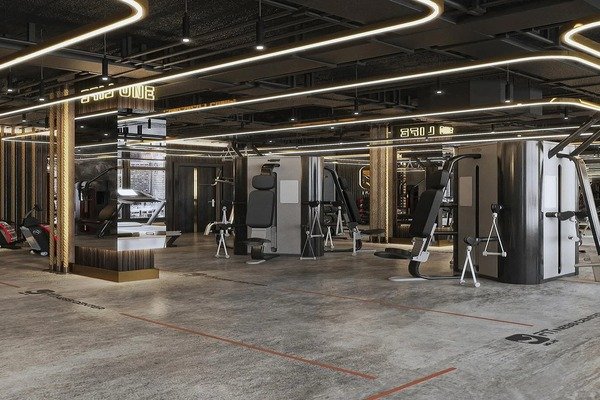
Understanding specific commercial requirements helps determine the optimal rubber formulation for each unique application. Let’s examine industrial contexts where rubber’s advantages become even more pronounced.
How Does Rubber Flooring Perform In Industrial Environments?
Rubber flooring withstands industrial challenges with exceptional resistance to chemicals, oils, and extreme temperatures (-30°F to 170°F). Its load-bearing capacity supports equipment up to 2,000 psi while reducing vibration by up to 22%, protecting both machinery and concrete substrates in manufacturing plants, warehouses, and technical facilities.
Industrial applications place extreme demands on flooring systems, testing the limits of material performance. My experience overseeing rubber production for industrial clients has demonstrated clear advantages in these challenging environments:
Manufacturing Facilities
Factory settings benefit from rubber flooring’s specific industrial advantages:
- Static dissipative properties protect sensitive electronic components
- Chemical resistance withstands exposure to process fluids
- Impact resistance prevents floor damage from dropped tools and parts
- Ergonomic properties reduce worker fatigue and associated productivity losses
One automotive manufacturing client reported a 15% reduction in reported foot/leg discomfort after installing rubber flooring in assembly areas—a significant improvement in worker comfort and productivity.
Warehouses and Distribution Centers
Heavy traffic areas in logistics operations face unique challenges that rubber flooring addresses effectively:
- Resistance to forklift traffic and heavy rolling loads
- Durability against pallet dragging and material handling
- Minimal dust generation compared to concrete
- Thermal stability in varied climate conditions
These performance characteristics translate to reduced maintenance requirements and extended service life—critical factors in busy logistics operations where downtime carries significant costs.
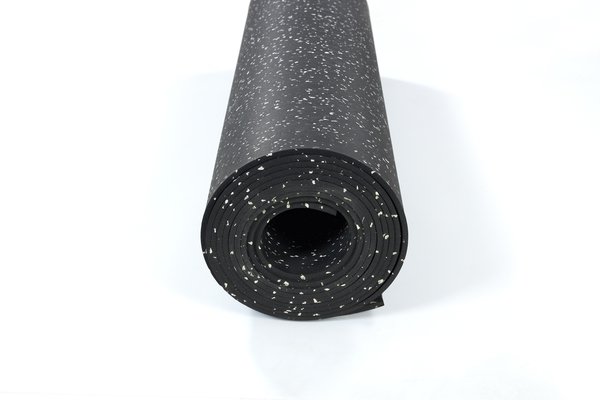
The industrial performance capabilities of specialized rubber flooring make it indispensable in technically demanding applications. Next, let’s explore its advantages in public spaces where different priorities emerge.
What Makes Rubber Flooring Ideal For Public Spaces?
Rubber flooring enhances public spaces through exceptional durability under intense foot traffic, superior slip resistance even when wet, and significant noise reduction (up to 18dB). Its design versatility allows custom wayfinding elements while simplified maintenance reduces facility operating costs in transportation hubs, government buildings, and recreational facilities.
Public facilities present unique flooring challenges, combining extreme traffic volumes with critical safety requirements and tight maintenance budgets. My work with municipal clients has demonstrated rubber flooring’s effectiveness in these demanding contexts:
Transportation Facilities
Airports, train stations, and transit centers benefit from rubber flooring’s specific advantages:
- Exceptional resistance to rolling luggage and equipment
- Superior performance in wet entryway conditions
- Acoustic properties that reduce echo and noise
- Wayfinding capabilities through color and pattern integration
One major airport reported maintenance cost reductions exceeding 25% after switching from terrazzo to rubber flooring in high-traffic corridors—compelling evidence of rubber’s economic advantages despite its realistic 8-13 year lifespan.
Government and Institutional Buildings
Public buildings benefit from rubber’s durability and low lifecycle costs:
- Courthouses and administrative buildings
- Community centers and libraries
- Police and fire stations
- Legislative facilities
The long service life aligns perfectly with public budget constraints, while accessibility features support compliance with relevant regulations like ADA requirements.
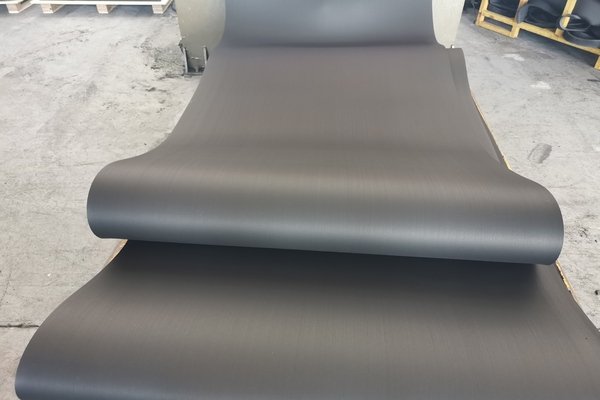
Public applications showcase how rubber flooring’s performance characteristics translate into practical benefits for facility managers dealing with challenging maintenance scenarios and limited resources. But can these institutional benefits extend to residential settings?
Can Rubber Flooring Work In Home Environments?
Rubber flooring enhances residential spaces with exceptional durability in kitchens, bathrooms, and home gyms. Its water resistance, sound insulation (reducing noise transfer by up to 18dB), and comfort underfoot create practical home solutions. Modern manufacturing techniques now deliver stylish residential options resembling wood, stone, or decorative patterns.
While initially developed for commercial applications, rubber flooring has increasingly found its way into residential settings where its unique properties solve specific household challenges:
Home Fitness Areas
Home gyms represent the most natural residential application, where rubber’s performance mirrors commercial fitness centers:
- Protection for subfloors from weights and equipment
- Sound dampening for jumping and impact exercises
- Easy cleaning of sweat and moisture
- Comfort and joint protection during workouts
I often recommend our residential-grade rubber tiles for these applications, providing commercial performance with simplified DIY installation options.
Kitchens and Bathrooms
Wet areas benefit from rubber’s water resistance and safety features:
- Exceptional slip resistance when wet
- Comfort for extended standing while cooking
- Water resistance without grout lines or seams
- Warmth underfoot compared to ceramic tile
Modern manufacturing techniques have expanded design options dramatically, with patterns and textures that complement contemporary home interiors while delivering rubber’s functional benefits.
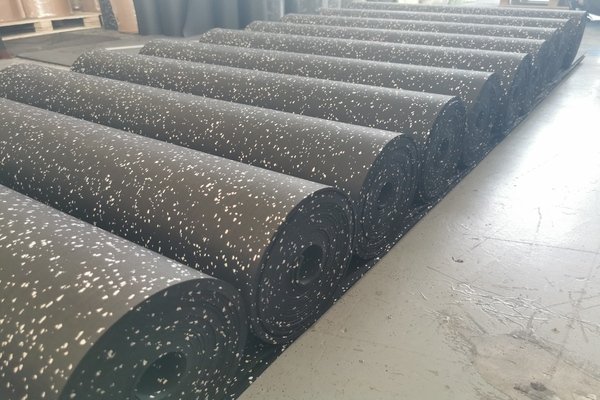
Residential applications continue expanding as consumers recognize the practical advantages rubber flooring offers in specific household contexts. This versatility demonstrates the material’s remarkable range of applications across diverse environments.
How Do I Choose The Right Rubber Flooring For Different Settings?
Select rubber flooring by first assessing traffic intensity, moisture exposure, and safety requirements for each space. For commercial areas, prioritize 3-8mm thickness with enhanced wear layers; industrial settings require 8-12mm with chemical resistance; public spaces benefit from 4-6mm with sound absorption; and homes need 3-5mm with decorative finishes.
After years advising clients on material selection, I’ve developed a systematic approach to rubber flooring specification based on application-specific requirements:
Commercial Selection Considerations
Commercial spaces require rubber flooring that balances appearance with performance under constant use. Choose 3-8mm thickness with specialized wear layers for healthcare or education, ensuring surface patterns mask soiling while offering adequate slip resistance (>0.6 COF) and simple maintenance routines.
When specifying rubber flooring for commercial projects, I recommend focusing on these key factors:
Traffic Patterns and Volume
Assess the intensity and type of traffic to determine appropriate thickness and wear layer specifications:
- Light traffic (offices, retail): 2-3mm thickness
- Medium traffic (schools, hospitals): 3-5mm thickness
- Heavy traffic (airports, transit): 5-8mm thickness
Higher thickness provides enhanced durability, sound absorption, and comfort—critical factors in high-traffic commercial environments.
Maintenance Capabilities
Consider the facility’s maintenance resources and protocols:
- Limited maintenance staff: Select darker colors and textured surfaces that hide soiling
- Green cleaning programs: Choose products verified compatible with sustainable cleaning methods
- Healthcare settings: Specify smooth-surface options that facilitate disinfection protocols
The right selection significantly impacts long-term maintenance requirements and appearance retention over the product’s lifespan.
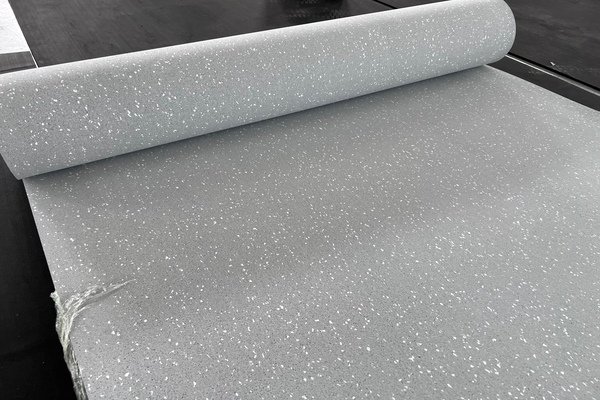
These specification considerations ensure your commercial rubber flooring installation delivers expected performance throughout its service life. Now let’s examine industrial selection criteria.
الخاتمة
Rubber flooring’s unique combination of durability (8-13 year lifespan), safety features, environmental benefits, and low maintenance requirements makes it an exceptional choice for diverse applications requiring reliable, high-performance flooring solutions that deliver measurable value throughout their service life.
